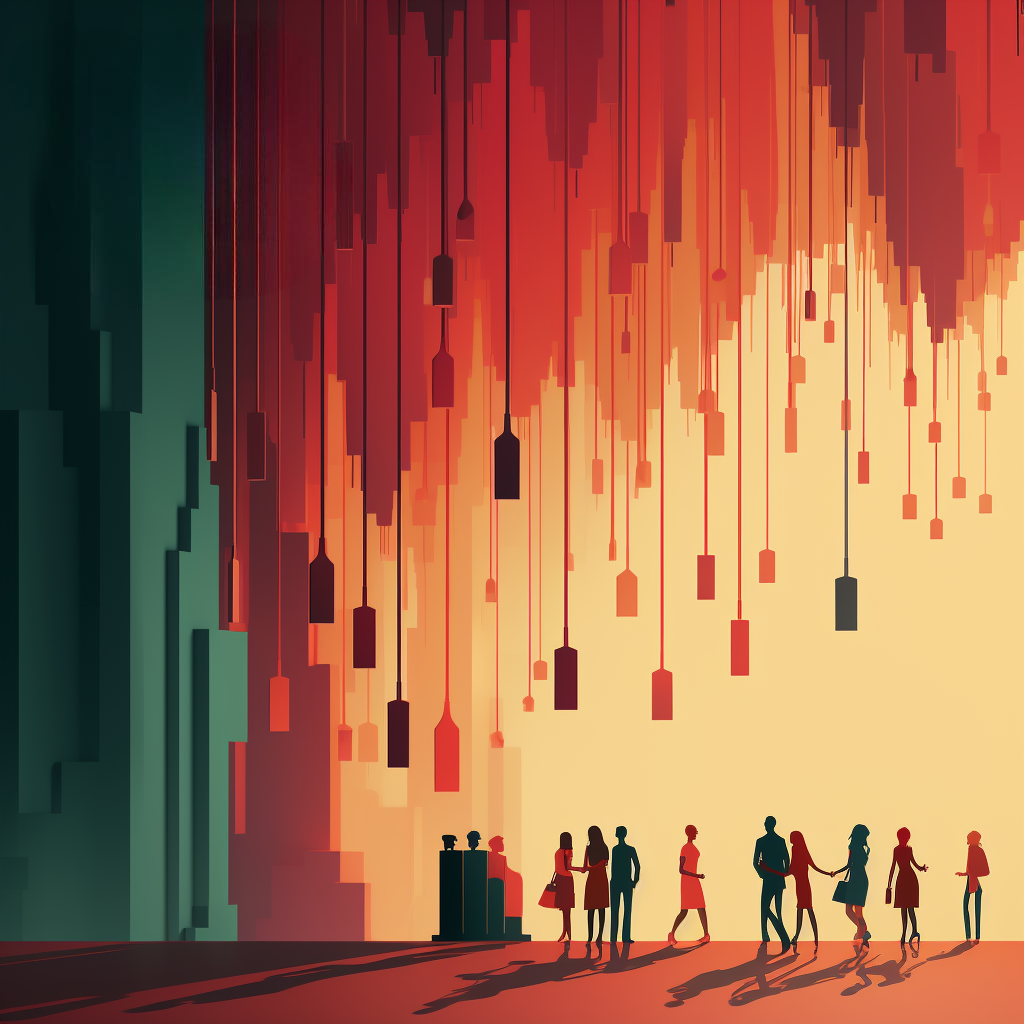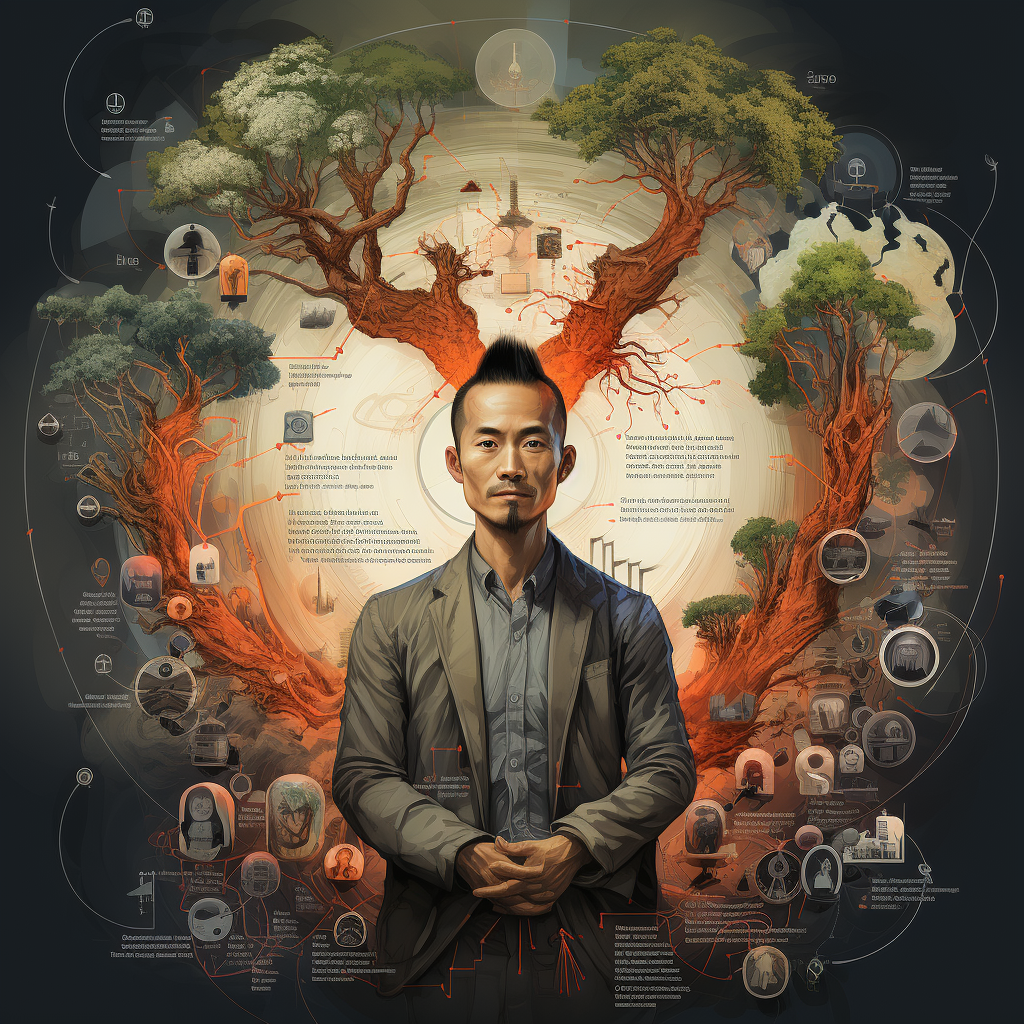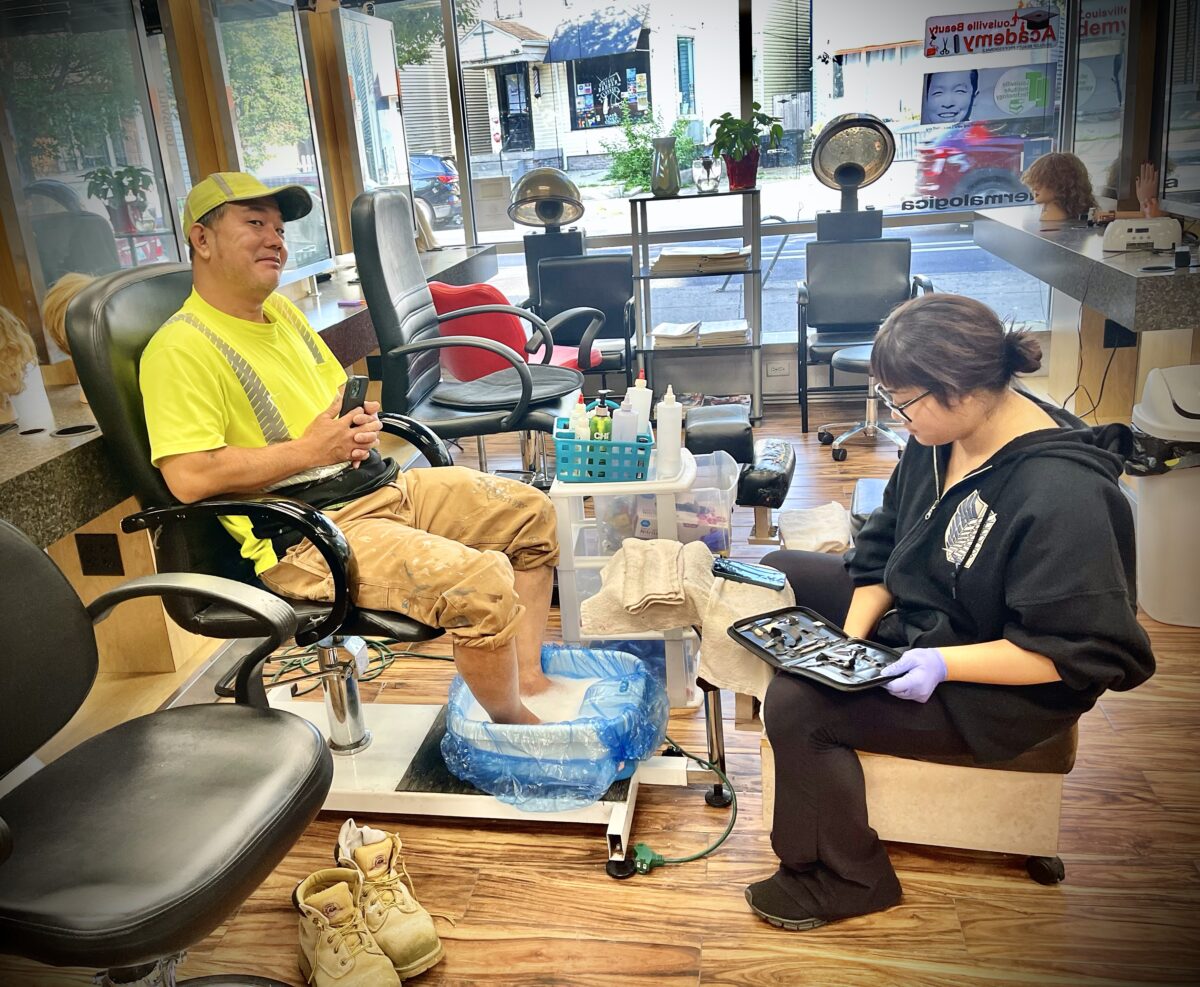1. Definition and Overview
High Turnover Rate refers to the frequency at which employees leave an organization and are replaced by new hires. A high turnover can be costly for organizations, leading to increased recruitment expenses, loss of organizational knowledge, decreased morale, and potential disruptions in service or productivity.
2. Examples of High Turnover Rates
- Retail Industry: Many retail jobs are characterized by low wages, irregular hours, and limited growth opportunities. This often leads to employees seeking better opportunities, causing a high turnover rate.
- Hospitality Sector: Restaurants, hotels, and other service industries often face high turnover due to seasonal employment patterns, demanding physical work, and irregular hours.
3. Key Statistics on High Turnover Rates:
- The U.S. Bureau of Labor Statistics reported that in 2019, the total annual turnover rate across all industries was 57.3%1.
- According to a study by Work Institute, around 42 million (or one in four) employees would leave their jobs, with 77% of that turnover being preventable in 20202.
4. Reasons for High Turnover Rates
- Mismatch in Hiring: Employers might hire individuals who aren’t the right fit in terms of skill or culture.
- Limited Career Advancement: Employees might feel there’s no room for growth or professional development.
- Inadequate Compensation: Not being paid fairly for their work can be a significant deterrent for employees.
- Poor Management: Employees often leave managers, not companies. Inefficient management can lead to dissatisfaction.
- Lack of Recognition or Appreciation: Not recognizing employees’ efforts can demotivate and lead to feelings of undervaluation.
- Unhealthy Work Environment: This can include a toxic culture, lack of work-life balance, or even inadequate facilities.
5. Solutions to Counter High Turnover Rates
- Rigorous Hiring Process: By ensuring that there’s a match in skills, experience, and cultural fit, employers can reduce the chances of early departures.
- Regular Feedback Mechanism: Periodic reviews can help address concerns and grievances before they escalate.
- Competitive Compensation Packages: Regularly review and adjust salaries and benefits to align with industry standards.
- Employee Development Programs: Offer training and courses to help employees upgrade their skills and see a clear career path.
- Recognition Programs: Regularly celebrate and reward employees’ achievements and milestones.
- Healthy Work Environment: Promote a culture of inclusivity, respect, and balance.
6. MiaHire USA: Paving the Way for Better Hiring and Retention
Understanding the intricacies and challenges of hiring and retention, MiaHire USA has made waves with its virtual interview platform. Recognizing that the root of many turnover issues starts at the hiring phase, the platform aims to ensure a holistic evaluation process.
With MiaHire USA, potential mismatches in hiring are drastically reduced. The platform’s transparent evaluation across all hiring stages ensures that recruiters and companies get a comprehensive view of candidates, considering both skills and cultural fit. This way, MiaHire USA is not just facilitating better hires but also indirectly aiding in better retention.
7. Conclusion
High turnover rates are a pressing concern in the modern business world, reflecting deeper issues either in the hiring process or post-hiring factors. However, with a proactive approach to both hiring and employee management, organizations can significantly reduce these rates. Platforms like MiaHire USA are leading the charge, ensuring that the hiring process itself is refined, setting the foundation for a stable and satisfied workforce.
References:
Footnotes
- U.S. Bureau of Labor Statistics. “Job Openings and Labor Turnover – 2019.” https://www.bls.gov/ ↩
- Work Institute. “2020 Retention Report.” https://www.workinstitute.com/ ↩















